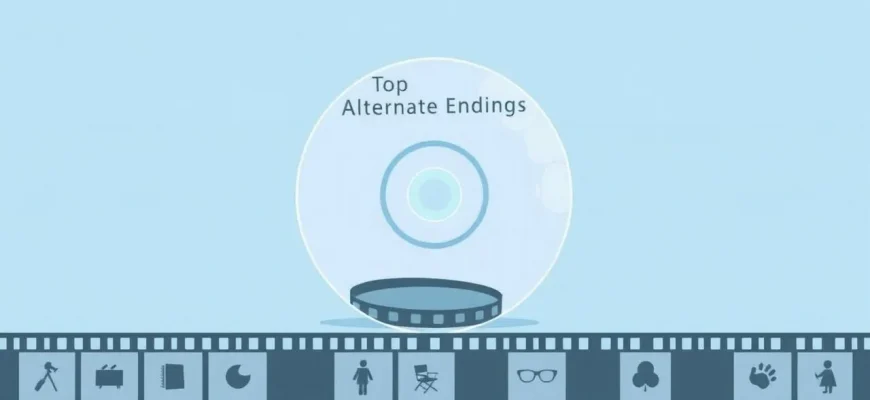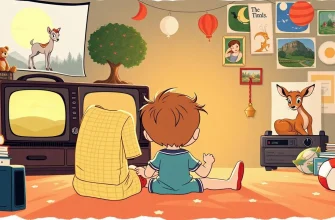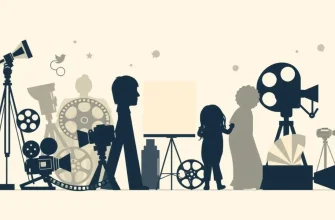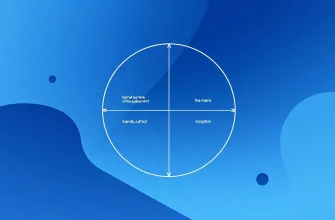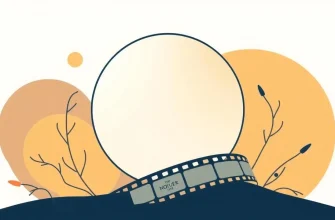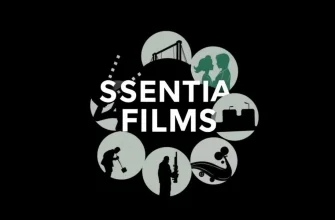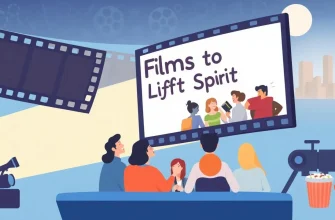Alternate endings in films provide viewers with a unique experience, offering different perspectives or outcomes to the story. This curated list showcases 10 films where the alternate endings add depth, intrigue, and sometimes even change the entire narrative. These films not only entertain but also provoke thought, making them valuable for cinephiles and casual viewers alike who appreciate the art of storytelling and the impact of a film's conclusion.
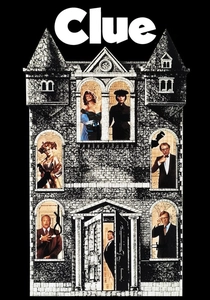
Clue (1985)
Description: Based on the board game, 'Clue' features three different endings, each revealing a different murderer, which was a novel approach at the time, allowing viewers to discuss and debate the true ending.
Fact: The film was released with three different endings, and some theaters showed all three endings back-to-back, making it a unique cinematic experience.
 Watch Now
Watch Now

Little Shop of Horrors (1986)
Description: The original ending was much darker, with the plant taking over the world, but it was changed for the theatrical release to a more upbeat ending where the characters survive.
Fact: The original ending was restored for the director's cut, which is now available on home video.
 Watch Now
Watch Now
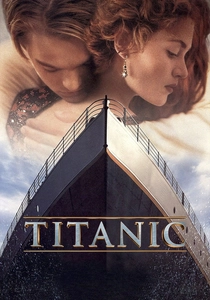
Titanic (1997)
Description: An alternate ending was filmed where Rose (Kate Winslet) reunites with Jack (Leonardo DiCaprio) in a dream-like sequence, providing a more romantic closure to their tragic love story.
Fact: This alternate ending was included in the special edition DVD release, offering fans a different perspective on the film's conclusion.
 Watch Now
Watch Now
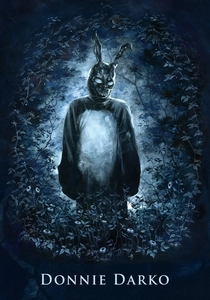
Donnie Darko (2001)
Description: Known for its complex narrative, 'Donnie Darko' has an alternate ending that provides a clearer explanation of the time travel elements, though it's less open to interpretation.
Fact: The film's director, Richard Kelly, released a director's cut with additional scenes and a slightly different ending.
 Watch Now
Watch Now
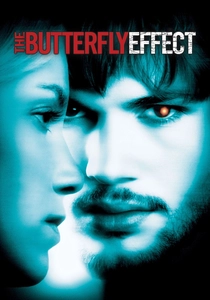
The Butterfly Effect (2004)
Description: This film explores the concept of time travel and its consequences, with several alternate endings that drastically alter the protagonist's fate, showcasing different moral and emotional outcomes.
Fact: The film's director, Eric Bress, and co-writer J. Mackye Gruber, initially planned for an ending where Evan (Ashton Kutcher) commits suicide, but test audiences reacted negatively, leading to multiple alternate endings being shot.
 Watch Now
Watch Now
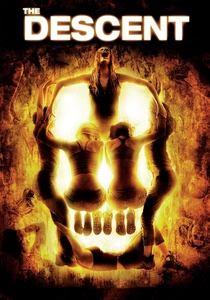
The Descent (2005)
Description: The UK version ends on a bleak note, while the US version provides a slightly more hopeful ending, showcasing how cultural expectations can influence film endings.
Fact: The film was shot in the real-life cave system of Cantabria, Spain, adding authenticity to the claustrophobic atmosphere.
 Watch Now
Watch Now
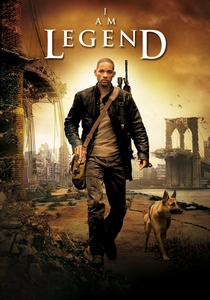
I Am Legend (2007)
Description: While the theatrical release showed a specific ending, an alternate ending was released on DVD where the protagonist, Dr. Neville, realizes the true nature of the creatures and sacrifices himself to save humanity.
Fact: The alternate ending was closer to the original novel by Richard Matheson, providing a more philosophical conclusion.
 Watch Now
Watch Now
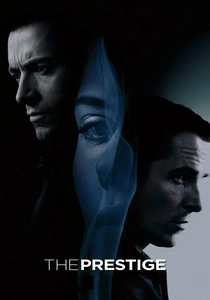
The Prestige (2006)
Description: While the film's ending is already surprising, an alternate ending was filmed where the reveal of the magician's trick is even more shocking, altering the viewer's perception of the characters.
Fact: Christopher Nolan, the director, often explores themes of identity and deception, which are central to this film's narrative.
 Watch Now
Watch Now
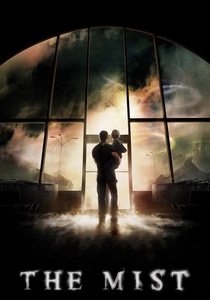
The Mist (2007)
Description: The film's ending was changed from the novella by Stephen King, where the protagonist's sacrifice is even more tragic in the alternate ending, leaving viewers with a profound sense of despair.
Fact: Stephen King himself praised the alternate ending for its emotional impact.
 Watch Now
Watch Now
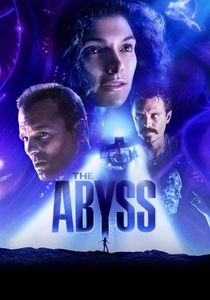
The Abyss (1989)
Description: James Cameron's film has an alternate ending where the aliens intervene to prevent a nuclear war, offering a more hopeful and less ambiguous conclusion than the theatrical release.
Fact: The alternate ending was included in the special edition release, which also featured additional scenes and extended sequences.
 30 Days Free
30 Days Free

